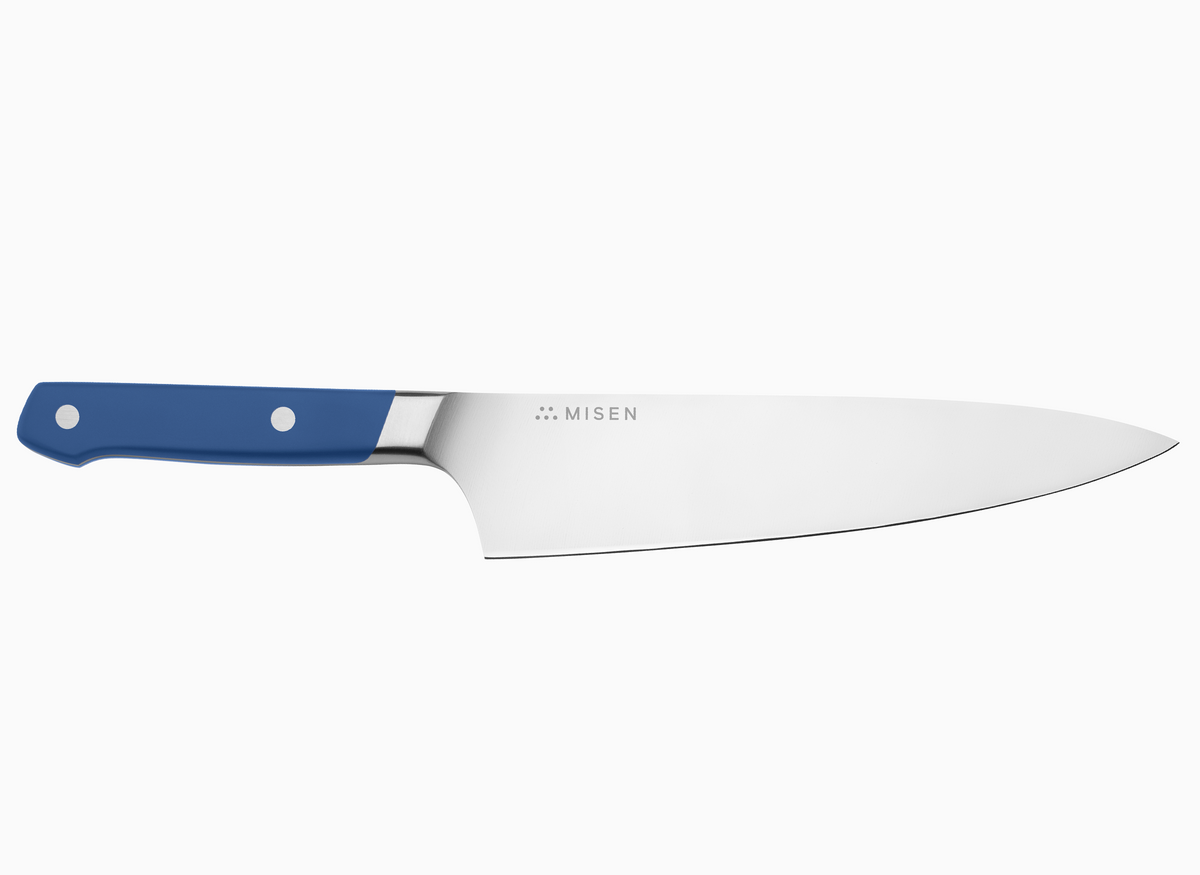Care for a lifetime of use
Care for a lifetime of use
We designed our enameled cast iron to last a lifetime. While the enamel system is very durable, and can tolerate almost anything in the kitchen, we have a few suggestions that’ll keep your cookware working great for even longer.
We designed our enameled cast iron to last a lifetime. While the enamel system is very durable, and can tolerate almost anything in the kitchen, we have a few suggestions that’ll keep your cookware working great for even longer.
| | Compatible with all types of stovetops and oven-safe up to 500ºF. |
| | Preheat on stovetop gradually, using a low or medium burner. |
| | Do not slide on glass cooktops — lift and place it down vertically. |
| | Do not use in microwave. |
Use high heat sparingly like when boiling water or reducing a sauce. Because cast iron retains heat so well, a low or medium flame will keep it hot enough to sear or sauté.
All utensils are safe, but we suggest using silicone, wood, or nylon to keep your enamel looking like new.
When browning foods like chicken or scallops, they will naturally release from the bottom when they’re done searing. Be patient!
| | Compatible with all types of stovetops and oven-safe up to 500ºF. |
| | Do not add oil to your pan until just before cooking, when it is already fully preheated. |
We recommend you preheat your grill pan before placing ingredients in it. For best results, preheat gradually over a low or medium heat.
Creating grill marks: For visible grill marks, make sure your pan is fully preheated to a medium-high heat before adding food.
| | Allow to cool to room temperature before cleaning. |
| | Scrub using only non-metallic scrubbers and brushes. |
| | Do not use cold water on a hot dutch oven. |
| | Do not use steel wool. |
Everyday cleaning: Can be done simply by scrubbing in hot, soapy water. Stuck-on food will come loose after a soak.
Handwashing vs. dishwasher: Your dutch oven is dishwasher compatible, though we recommend handwashing to keep your enamel like new. We recommend a non-metallic scrub sponge for best results.
Removing scorched and burnt-on food: Boil 4 cups of water in the dutch oven, then add 2 tablespoons of baking soda. Simmer for 2 minutes, then drain and scrub clean. For grill pan, follow the same steps but cut water down to 3/4 cup.
Exterior cleaning: Wipe away splatters and drips as they occur. Permanent staining is the result of oils and fats becoming baked on.
Removing permanent stains: Make a 1:1 mix of baking soda and coarse salt, then add enough lemon juice to create a paste. Scrub the stains with the paste until gone.
This is totally normal. The red enamel will turn a more brown-orange shade when baked in the oven. The color will return to its original red as the cookware cools to room temperature.
You may notice that the rim of the dutch oven’s bowl looks like raw cast iron. Don’t worry — this strip has a clear coating that will protect the iron underneath from corroding.
| | Compatible with all types of stovetops and oven-safe up to 500ºF. |
| | Preheat on stovetop gradually, using a low or medium burner. |
| | Do not slide on glass cooktops — lift and place it down vertically. |
| | Do not use in microwave. |
Use high heat sparingly like when boiling water or reducing a sauce. Because cast iron retains heat so well, a low or medium flame will keep it hot enough to sear or sauté.
All utensils are safe, but we suggest using silicone, wood, or nylon to keep your enamel looking like new.
When browning foods like chicken or scallops, they will naturally release from the bottom when they’re done searing. Be patient!
| | Compatible with all types of stovetops and oven-safe up to 500ºF. |
| | Do not add oil to your pan until just before cooking, when it is already fully preheated. |
We recommend you preheat your grill pan before placing ingredients in it. For best results, preheat gradually over a low or medium heat.
Creating grill marks: For visible grill marks, make sure your pan is fully preheated to a medium-high heat before adding food.
| | Allow to cool to room temperature before cleaning. |
| | Scrub using only non-metallic scrubbers and brushes. |
| | Do not use cold water on a hot dutch oven. |
| | Do not use steel wool. |
Everyday cleaning: Can be done simply by scrubbing in hot, soapy water. Stuck-on food will come loose after a soak.
Handwashing vs. dishwasher: Your dutch oven is dishwasher compatible, though we recommend handwashing to keep your enamel like new. We recommend a non-metallic scrub sponge for best results.
Removing scorched and burnt-on food: Boil 4 cups of water in the dutch oven, then add 2 tablespoons of baking soda. Simmer for 2 minutes, then drain and scrub clean. For grill pan, follow the same steps but cut water down to 3/4 cup.
Exterior cleaning: Wipe away splatters and drips as they occur. Permanent staining is the result of oils and fats becoming baked on.
Removing permanent stains: Make a 1:1 mix of baking soda and coarse salt, then add enough lemon juice to create a paste. Scrub the stains with the paste until gone.
This is totally normal. The red enamel will turn a more brown-orange shade when baked in the oven. The color will return to its original red as the cookware cools to room temperature.
You may notice that the rim of the dutch oven’s bowl looks like raw cast iron. Don’t worry — this strip has a clear coating that will protect the iron underneath from corroding.





